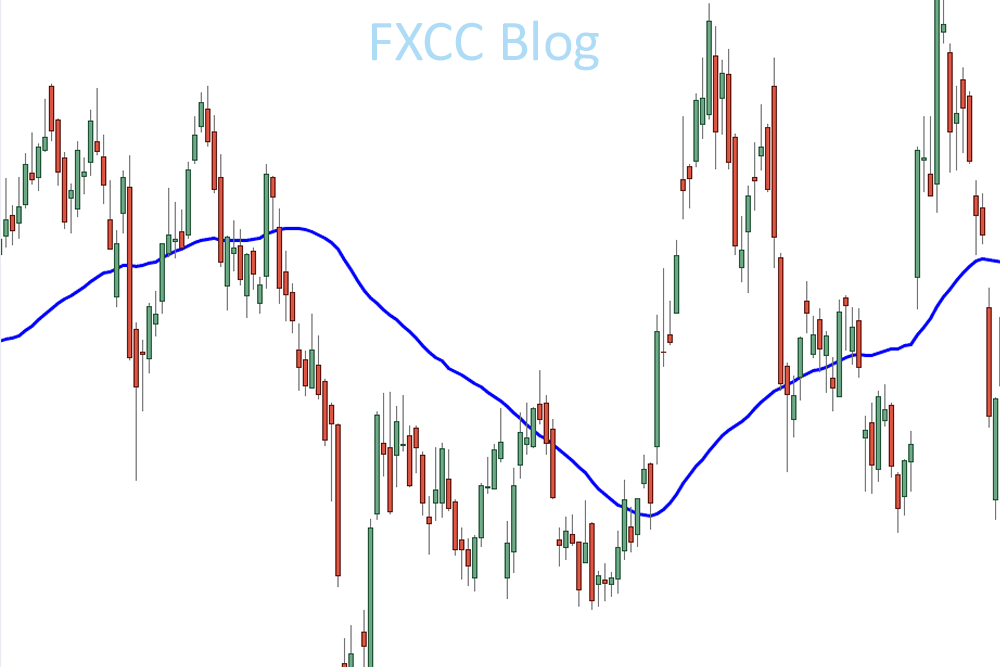Market participants often trade securities using chart patterns. For example, the stock price moves in a specific direction when it resembles a rectangle, rounding, triangle, Cup and handle pattern, etc. Thus, a pattern, entry point, and risk-rewarding ratio can easily be defined to quickly find a good entry point.
Cup and handle patterns are nothing more than simple tools that can be used to analyze and understand trading from a technical perspective. Therefore, if you are interested in identifying and trading the Cup and handling directions, you will find all the information you need here.

Figure: Cup and handle pattern
What is a Cup and Handle pattern?
It is one of the most important chart patterns to know how to make money in the financial market. The Cup is referred to as a U-shape trend. The handle follows the retracement from the top nearly 1/3rd of the Cup’s height. The direction shows a period of consolidation followed by a breakout. It is also considered a bullish continuation or reversal pattern. An uptrend continues following a prior uptrend, followed by a consolidation in the form of Cup and Handle strategy, and then an upward trend occurs after the breakout.
During a reversal style, however, the prior trend is reversed after a prolonged downward momentum. Any time frame can be used for this, from a few minutes to weekly and monthly charts. The longer the time frame, the greater the chances of success post-breakout.
For example
With the help of examples, let’s gain a better understanding of this strategy.
Here is an example of a DELL company that bought zones 100.93 to 105.93 using Cup and handle strategy. The company planned to pay all shareholders a special dividend of $11.5 billion to $12 billion. Depending on the dividend rate, Dell received $9.3 billion to $9.7 billion from the dividend. In addition, Dell used a portion of the proceeds from the sale to lower its debt on its balance sheet of $19 billion.
As analyst day ended, Dell stock rose 3.5% to 102.69 on the stock market. As a result of the gain, Dell’s stock had moved into the buy zone. As of Aug. 24, the stock had reached a cup-with-handle price of 100.93. Soon after, it dropped below that level but climbed above it again on Thursday with solid price and volume movement.

Figure: Dell company uses a cup and handle pattern to trade
Points to remember
Cup: It has a rounding bottom with almost equal highs on both sides. It seems to be shaped like “U.” It is also possible to have a “V” shaped Cup that is still considered as a cup and handle design, but the conviction is more significant in “U” shaped as they are more cohesive on the bottom.
Handle: Handles are generally round or triangle shapes or channels on the Cup’s top-end that pull backward. Pullbacks are usually about 1/3rd of the size of previous advances.
When the pullback is minor, the strength of the formation is better, and breakouts are easier.
Volume pattern: For a breakout to occur, volume must increase and remove the handle’s resistance.
Period: On weekly and monthly charts, cups typically form over 1-6 months, but sometimes even longer. If the Cup is in use for a long time, the handle will typically form over up to four weeks.
Target: A breakout forecast is usually the vertical distance between the high and the bottom of the Cup.
Stop loss: Depending on the trader’s risk tolerance, stop losses may be placed at the lowest point of the handle and trailed to recent swing lows as the stock makes a higher high within its consolidation area.
Bottom line
Its high success rate and good risk-reward ratio make Cup and handle strategy an attractive pattern. However, you shouldn’t forget to set your stop loss and trail it as the price rises. You should also pay close attention to the volume, as breakouts with low volumes are less likely to last.


